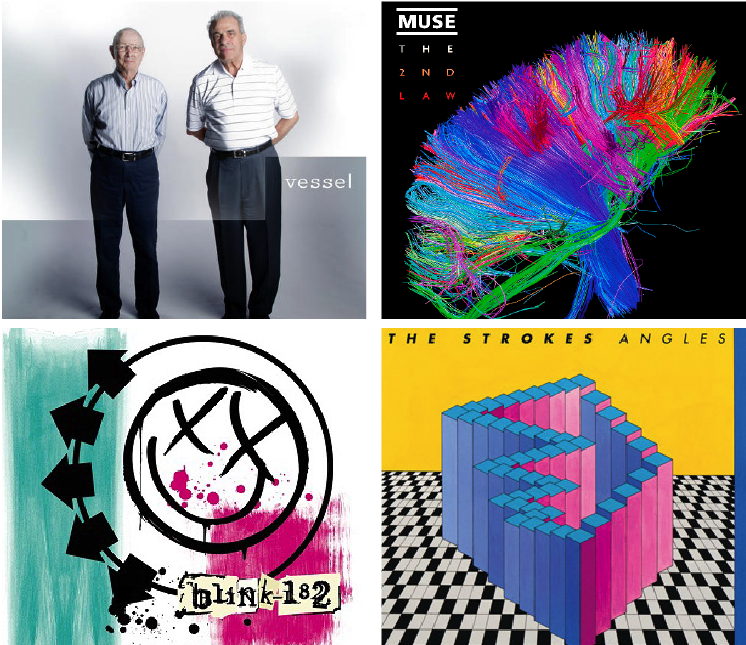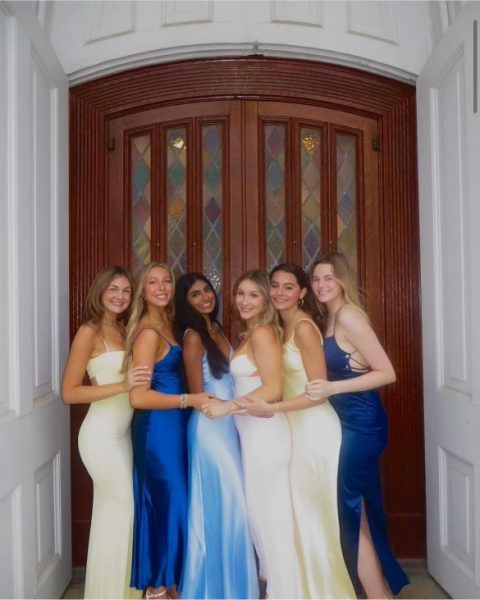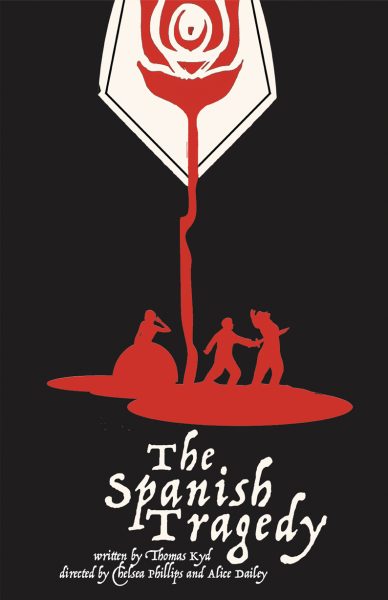Defining and exploring the different genres of music
October 2, 2014
We all love music. We wake up to it every morning and fall asleep to it every night. It soothes us when we’re stressed, picks us up when we are down and puts hair on our chests when we need some pumping up.
Pick a random playlist on our iPods and we’re somehow transported back in time through a rush of vivid memories–—-both good and bad——that we’ve associated with each song. Every heartache, every late night out on the town, and all the things in between begin to flood our heads. And suddenly, music seems like the only sense of purity and consistency that we have ever known.
So then, music lover, why is it that today’s listeners cannot decipher the glaring differences between the twang of country and the chicken pickin’ leads of folk? Why do we all cringe when asked about our favorite genres or shy from conversation when others question the sounds of our favorite bands?
It’s an exciting time to be a music junkie. Technology is revolutionizing the music industry, and we are in the midst of the first era ever to experiment with virtual instruments and professional-quality bedroom recordings.
But with modern music blurring the once-obvious borders between genres, it is becoming more and more important to be able to distinguish styles. Why, you may ask?
Quite frankly, if you’re like me, you’re probably just sick of hearing people falsely accuse Sublime of being a “Rasta” band, Fall Out Boy a punk band and U2 a good band.
But moreover, it has become nearly hypercritical over the past decade that listeners be able to make categorical distinctions between their favorite artists due to the ubiquity of online music distributors. Free streaming services such as Spotify, iHeartRadio, Sound Cloud and Pandora provide music junkies with a home to explore unsigned, independent artists make playlists jam-packed with classic tracks, and create a self-governed radio station all on the same platform.
And while it’s impossible to say just quite how Pandora’s internet radio algorithms choose your next song, its Music Genome Project (which Pandora’s website defines as “the most sophisticated taxonomy of musical information ever collected”) relies on the distinct analysis of tonal characteristics and music theory from lingo-savvy enthusiasts on a per-song basis, meaning all you have to do is select a genre and you are in hands-free music heaven.
So then what are the implications for you? Well, just one wrong “thumbs up” or band seeding in your station can take you from the soulful funk styling of Boston’s Bad Rabbits into the tasteless monochromaticity of today’s pop-rock ballads (queue Nickelback’s “How You Remind Me”).
And trust me, when your precious iPhone 6 starts spitting out that kind of irritable garbage at your next party, you won’t be able to dive-bomb at your speakers fast enough before saying goodbye to all of those dinner guests because you just committed social suicide, my friend. And really, isn’t that already reason enough to pay a little closer attention to what you’re listening to?
So let’s take a look at a brief rundown of some of today’s most basic genres and get you ready for the weekend:
Rock: The king of kings, characterized by big drums, big guitars, and a verse-chorus form that fills a standard 4/4 time signature. Since the 1950s, countless bands have been classified into the rock genre, which has since been broken down into many subgenres. Examples of true rock bands include The Foo Fighters, Aerosmith and Pearl Jam.
Alternative: As widely-divergent a genre as any, alternative rock is basically used to describe any type of music that is too hard to be mainstream rock, too slow to be punk and/or too popular to be indie.
But despite being a catchall for outcasts, alternative is one of the fastest growing and most promising genres on the radio right now.
Examples include Biffy Clyro, Radiohead, Foster the People, Twenty One Pilots and The Fray.
Pop: The bane of countless musicians’ existence and the grim reaper of talent, pop music was originally an abbreviation for popular music. Rumored to be the real cause of Kurt Cobain’s death, pop is by definition a commercialized product of catchy lines, generic melodies and lyrics with just enough fatuity to be comprehended by even the laziest of listeners. Examples include One Direction, Justin Bieber and Ke$ha.
Modern Rock: Popular modern music that isn’t pop…the genre you’ve been waiting for! Modern rock is used as a differentiation from classic rock and is virtually interchangeable with alternative rock, but often with a broader or more mainstream scope and littered with electronic tendencies. Examples include Cage the Elephant, Muse, Young the Giant and Bastille.
Indie: The ultimate hipster music for the coolest of the cool. Indie rock is, by nature, music that is not produced by a major record label (thus making the artist “independent,”) however, in recent years, indie has grown exponentially with the resurgence of hipster and bohemian styles, and has developed into a unique style characterized by contemplative lyrics, blends of electronic and traditional instrumentation and the adaptation of field recordings for unusual sounds.
Examples include The Strokes, Broken Bells, Modest Mouse, Chet Faker, The White Stripes and Franz Ferdinand.
Emo: Heavier than rock, sadder than your favorite ‘80’s ballad. This genre is jam-packed with intricate melodies, raw emotion, and depressing lyrics of pain, suicide, and drugs.
Examples include Jimmy Eat World, Dashboard Confessional, My Chemical Romance and Brand New.
Pop-punk: This genre has all of the fist-pumping, meme-inspiring, tear-jerking jams needed to make your middle-school-self scream with joy. Fast tempos, loud guitars, catchy melodies and heart-wrenching lyrics that will make your little sister cry more than when she saw The Notebook insure that the pop-punk genre is no misnomer.
Examples include Blink-182, Green Day, Motion City Soundtrack, The Story So Far and (my local favorite) The Wonder Years.
Ska: A trombone player, punk drummer and a middle-aged drug dealer walk into a bar…….and form a legendary band?
This bad punchline is actually the basis of a wildly popular genre of music that has found fans in every corner of the globe. There’s a lot of ambiguity between ska and reggae, seeing as they’re both built around slick upbeat guitar strokes, prominent brass sections, skank dancing and mellow, Jamaican-style bass lines.
The only noticeable difference between ska and reggae is that the former is a bit faster and louder, and has early American influences. Examples include Reel Big Fish, Sublime and Rancid.












